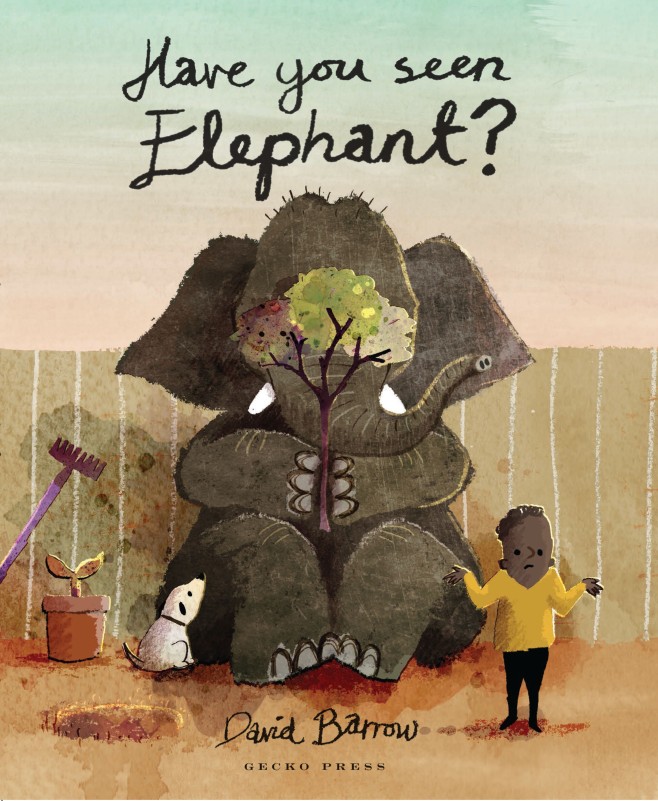
Image Credit: Inhabit Media Inc., Susan Avingaq & Maren Vsetula/Charlene Chua

Image Credit: Carolrhoda Books (Lerner Publishing Group), Vaunda Micheaux Nelson/ Elizabeth Zunon
Today I’m doing a double review of two excellent books that explore relationships with grandmothers. Fishing with Grandma and Don’t Call Me Grandma are very different stories that feature loving and powerful grandmothers.
Don’t Call Me Grandma wasn’t what I expected it to be. From reading the title alone, I assumed it would be about a grandmother who doesn’t want to be reminded of her age but that’s not what it’s about at all! Vaunda Micheaux Nelson writes really great books by the way; I’ve already reviewed The Book Itch and Bad News for Outlaws. This book tells the story of a little girl and her relationship with her glamorous Great-Grandmother Nell. Great-Grandmother Nell has a strong personality; she’s very prickly but is also loving (in her own way). Nell’s great-granddaughter is slightly scared of her but because she knows how special she is, she works hard to get close to her.
I really enjoyed the flashbacks scenes in this book because they tell us more about Great-Grandmother Nell. The scene about Nell’s first heart-break is very moving, though it’s not the kind of heart-break you might expect. Great-Grandmother Nell is ninety six years old and has lived through the civil rights movement and more. I’m glad to see this story discuss race and being a Colored girl (and later a Colored woman) in the United States.

Image Credit: Carolrhoda Books (Lerner Publishing Group), Vaunda Micheaux Nelson/Elizabeth Zunon
Elizabeth Zunon’s illustrations are beautiful. Her style is a mix of watercolor, pen, markers, collage and pencil. Great-granddaughter favors Great-Grandmother and Great-Grandmother’s warm brown face is full of rich lines and wrinkles. All the beautiful perfume bottles on her vanity and the scene where she teaches her great-granddaughter how to blot her lipstick reminds me of my grandmother. For the flashback scenes, Zunon uses blotchy watercolors that give the feeling of hazy memory. Check out this behind the scenes blog post about how Zunon created the illustrations!
Great-Grandmother Nell is a strong grandmother and so is Anaanatsiaq (grandmother) in Fishing with Grandma. She drives an ATV and is always down for an adventure! In the story, a little boy and girl are excited to visit their favorite elder. Their visit starts with string games and fresh bannock from the oven but the children are eager for a little more adventure. They decide to go jigging for fish on the ice and Anaanatsiaq shows them how to dress for the cold. She also shows them to how to check the ice for thickness (safety first) and how to use traditional tools!
One of my favorite things about this book is that it’s full of Inuktitut words and describes Inuit fishing tools. Children can learn a bit of another language while enjoying a story about a loving indigenous family. Another plus is that the story is co-written by Inuit elder Susan Avingaq…so it’s a story about indigenous peoples written by an indigenous woman for children all over the world. This is the power of #ownvoices.
After the family has a successful day of fishing, Anaanatsiaq explains that the extra fish they caught will go to elders who can’t make it out to the lake. It’s important to give and think of others and also important to learn traditional skills, she says. These are good lessons for children all over the world to take away.

Image Credit: Inhabit Media Inc., Susan Avingaq & Maren Vsetula/Charlene Chua
Charlene Chua’s digital illustrations are so clean and vibrant. I love how she brings their community to life and I especially like the spreads on the blue ice and underwater with the beautiful Arctic char. I like how she uses streaks of color to fill space; it creates a pretty effect. Her characters have such bright expressions and rosy cheeks! Annanatsiaq is loving and protective of her curious grandchildren; her happy face shows a lot of pride. They’re adventurers just like her!
I hope your family will take time to enjoy these two stories about grandmothers. Maybe you can even read them with your grandmothers!
Recommended for: All Ages
Great for: Family, Grandmothers, Relationships, Teamwork, Ice Fishing, Siblings, Love, Indigenous Peoples, Community, Diversity, Strong Women
Book Info: Fishing with Grandma by Susan Avingaq & Maren Vsetula/Illustrated by Charlene Chua, 2016 Inhabit Media Inc., ISBN: 9781772270846
Recommended for: All Ages
Great for: Family, Grandmothers, Racism, History, Relationships, African American, Strong Women, Patience, Understanding
Book Info: Don’t Call Me Grandma by Vaunda Micheaux Nelson/Illustrated by Elizabeth Zunon, 2016 Carolrhoda Books (Lerner Publishing Group), ISBN: 9781467742085


















